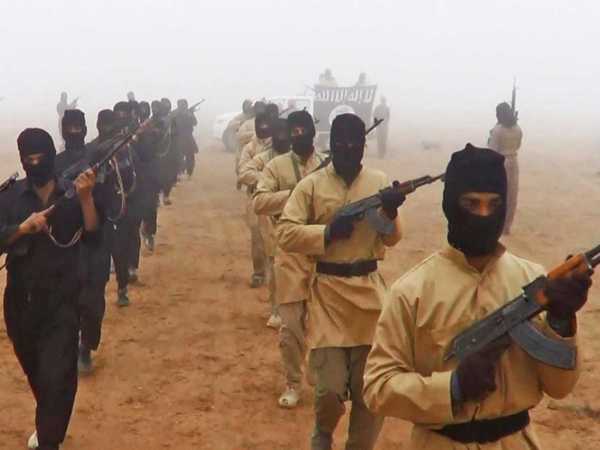

More than 10,000 ISIS fighters currently imprisoned in Syria by the U.S. military’s allies in the country are on the brink of a “mass breakout,” according to the Defense Department’s top watchdog.
Syrian Democratic Forces are currently holding about 2,000 ISIS foreign fighters and some 8,000 Iraqi and Syrian fighters in approximately 20 detention centers, the Defense Department Inspector General for the U.S.-led campaign against ISIS reported last week.
Combined Joint Task Force-Operation Inherent Resolve reports that while the SDF “continues to be committed to physically securing the prisons,” there remains a “risk of a mass breakout” as the SDF reduces its guard force in response to conditions on the ground.
For example, the SDF marshaled the bulk of its forces in response to Turkey’s incursion into northeast Syria in October 2019 to fill the vacuum left by the earlier withdrawal of U.S. troops in the region, the DoD IG report notes.
The threat of a mass breakout poses “one of the most significant risks to the success of the [defeat-ISIS] mission,” as well as a threat to U.S. and Coalition partner national security interests, according to the report.
Concerns over the future of ISIS prisoners in Syria have dogged the U.S. military since the Turkish incursion, when an SDF military official warned that its prisons “will not be as secure if we are fighting the Turkish military.”
“We are not threatening to release these criminals, but it’s not realistic to ask us to both fight the Turks and house all of the west’s ISIS members,” the official told Business Insider at the time.
Indeed, Defense Secretary Mark Esper stated a week after the invasion that Turkey’s incursion had led to “the release of many dangerous ISIS detainees” when nearly 800 women and children related to ISIS fighters were able to flee a Kurdish prison camp.
This isn’t to say that ISIS is on the verge of a major resurgence: the report reiterated that the terror group, deprived of territory and reduced to a “low-level insurgency” in Iraq and Syria, remains dependent on small-arms attacks in isolated provinces and lack the capabilities to “sustain elevated attack levels over several months”
But the DoD IG report raises a new concern beyond prisons, noting that displacement camps usually conceived for refugees have become fertile ground for ISIS supporters to plot fresh activities in a “relatively permissive environment.”
“The DoD, DoS, and USAID have struggled to address the often competing needs of providing security, isolating ISIS members and supporters, preventing the spread of ISIS ideology, and providing for the health and welfare of camp residents—who are mostly women and children,” the report says.
Compounding both the prison and displacement camp issue, the DoD IG report states that CJTF-OIR hasn’t had a dedicated prison support mission in Syria since November 2019 relying instead on partner countries and multinational entities to address these issues.
According to the U.S. Special Envoy for the Global Coalition to Defeat ISIS, the terror group still has roughly 14,000 to 18,000 terrorists spread between Syria and Iraq.
